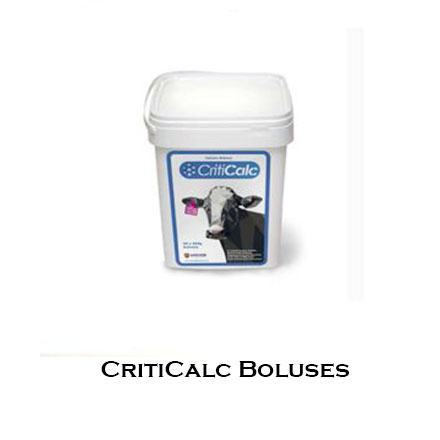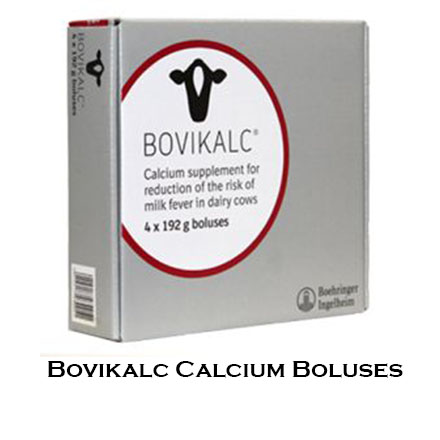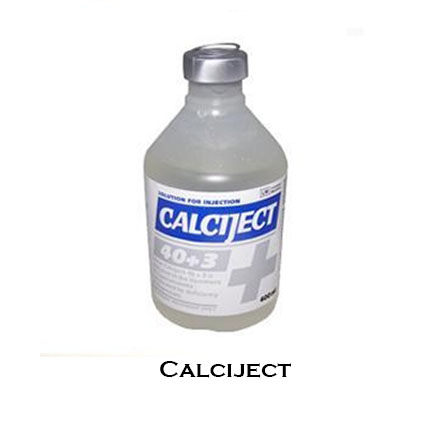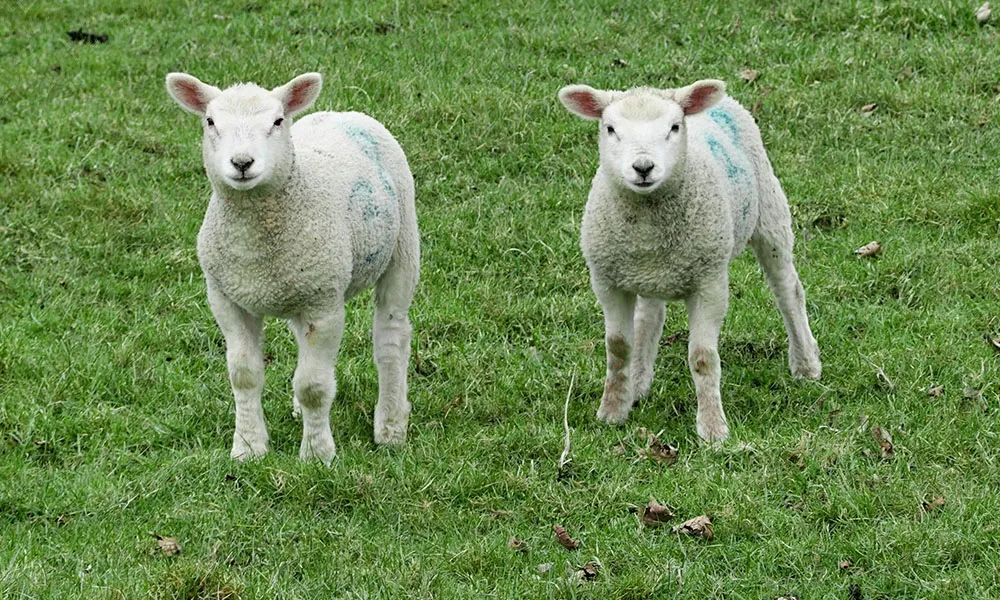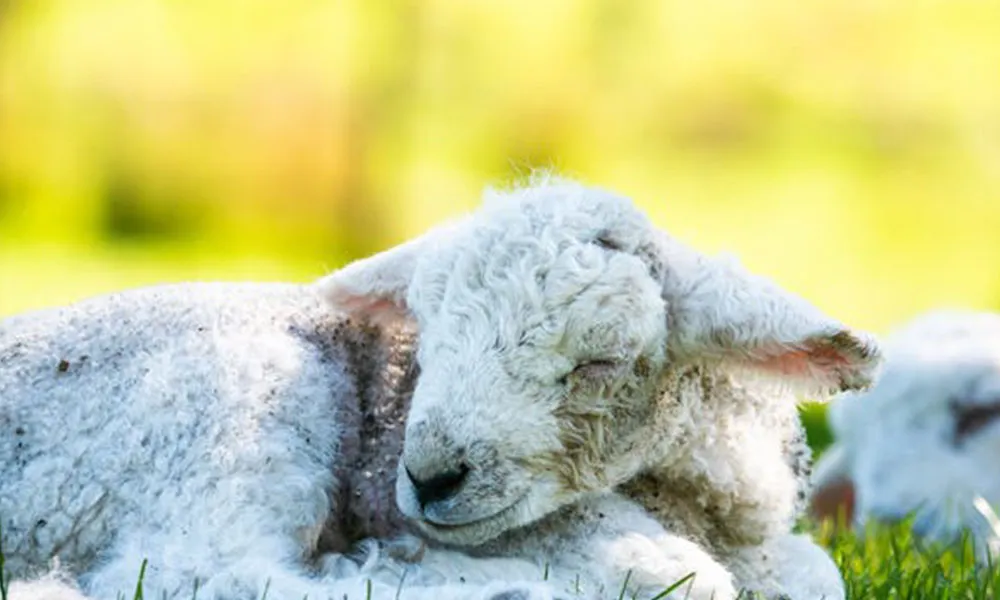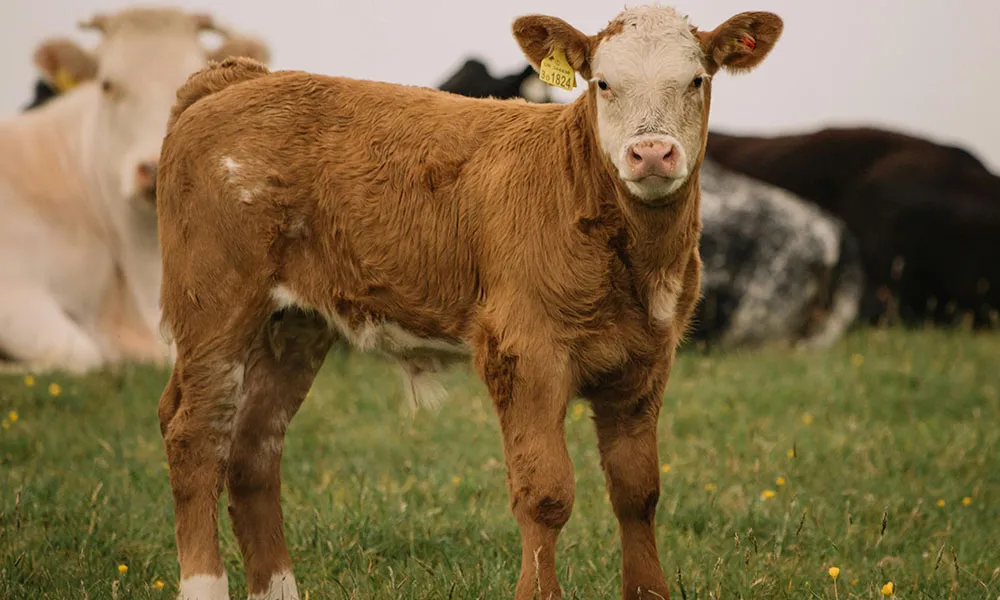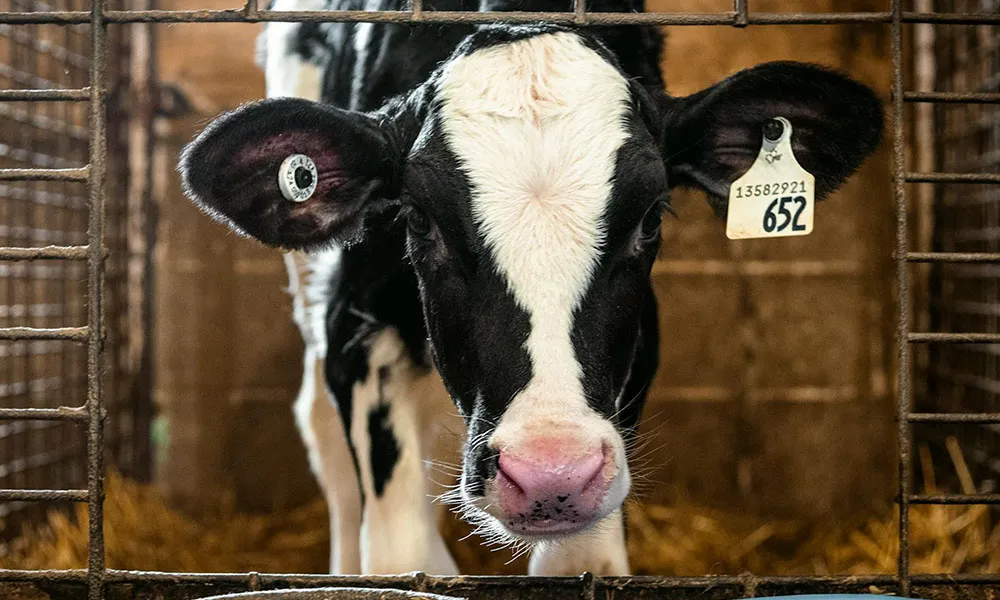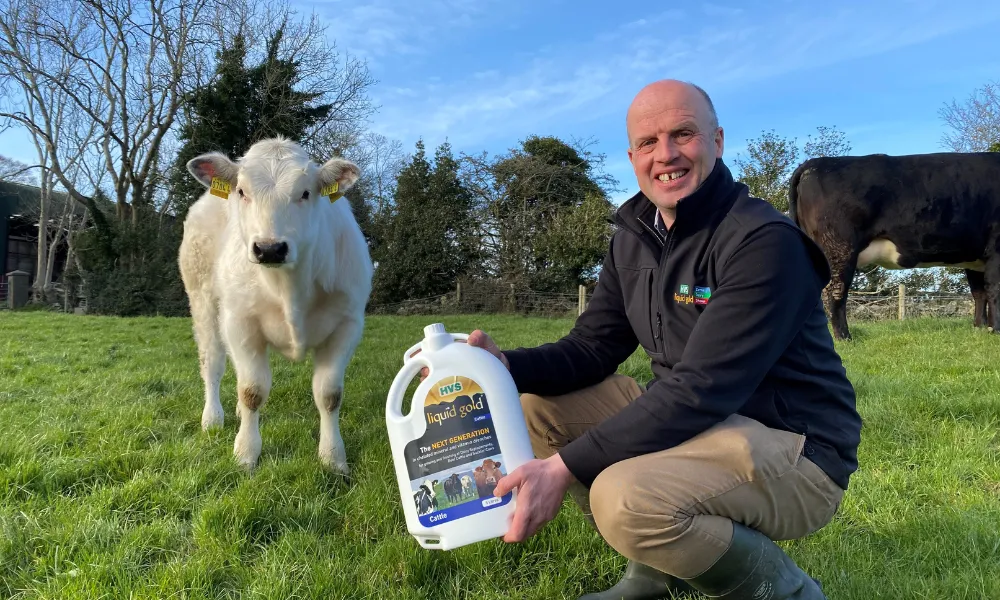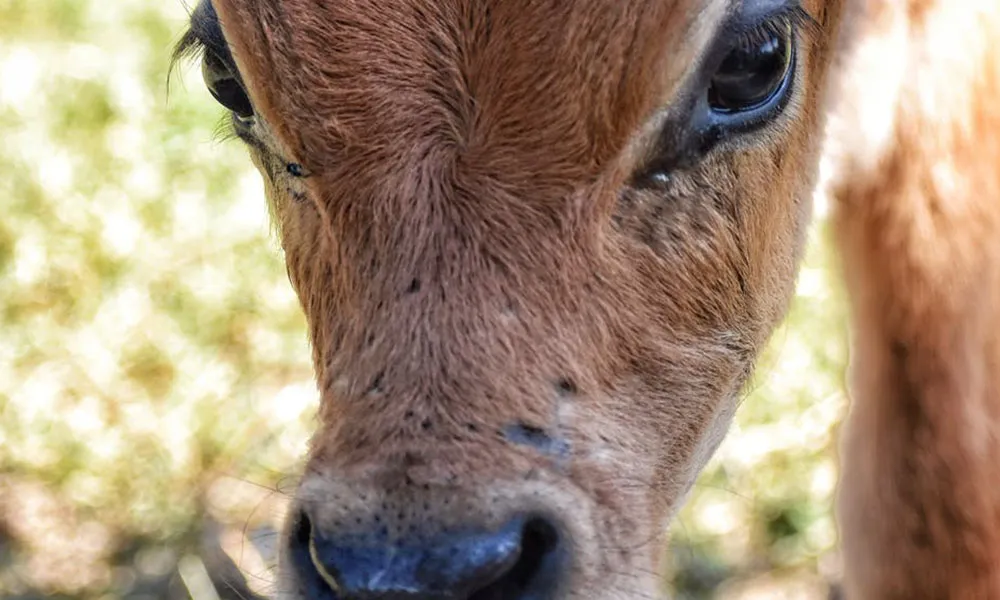
On the lookout for milk fever
At this time of year, milk fever is a constant worry for cattle men. No doubt many of you have already encountered a case or two already.
As with all metabolic diseases, early detection of milk fever is key because symptoms deteriorate quickly. Without immediate intervention, an affected cow will be dead, or on the point of death, within a few hours.
Untreated milk fever follows a pattern many farmers are familiar with. After a prolonged period of muscle twitching and weight-shifting, the cow collapses and soon loses consciousness. Her pulse weakens, while her heart rate surges. If the disease progresses to this latter stage, death is all but inevitable.
What is Milk Fever?
We cannot hope to prevent or treat milk fever, otherwise known as hypocalcaemia, without understanding the causes. Hypocalcaemia is a metabolic illness in cows resulting from a calcium deficiency of the blood. It manifests in the dam in the hours after calving.
Colostrum production places huge stress on a cow’s blood calcium levels. Normally, to compensate for the loss of blood calcium, cows tap into the reserves of calcium in their gut and bones. Milk fever occurs when a cow is unable to mobilise her calcium reserves, resulting in a severe deficiency of blood calcium levels. There are a number of factors that increase the likelihood that a cow will develop milk fever. Cows with twin calves, as well as older cows and those with poor body condition scores, are most vulnerable.
Treatment:
When it comes to treating milk fever, every minute counts. The longer the illness goes untreated, the smaller are the animal’s chances of surviving. This is why it is so important that you watch your cows carefully in the hours after calving. Always keep an eye out for the symptoms of early onset milk fever. These include appetite loss and skittishness.
You should also feel the cow’s ears and legs. If these seem unusually cold, there is every chance she has hypocalcaemia. A very dry nose is another common symptom of milk fever.
If the cow exhibits any of these typical signs, you will need to administer a shot of calcium, such as Calciject, as quickly as possible. The calcium shot should be administered subcutaneously or via a slow intravenous injection at the recommended rate. As with all such injections, be sure to warm the solution to body temperature before administering. If you are not confident that you know how to administer the shot safely, seek the assistance of a vet or a more experienced farmer.
Prevention:
As always, we advocate for the precautionary approach when it comes to animal health. Ideally speaking, you shouldn’t have to treat hypocalcaemia often. Because milk fever is a metabolic illness resulting from calcium deficiency, you can take easy and effective measures to support your cow’s blood calcium levels before and after calving time.
Mineral supplements and buckets:
Bucket licks that are high in calcium are a great way to keep your cows’ blood calcium levels up. Lifeline Pre-Calver, which comes in bucket lick and mineral powder forms, is an excellent way of providing for the mineral needs of pregnant and lactating cows. As always, though, licks provide no guarantee of success. While products from the Uniblock range are an excellent supplement for the cows that use them, we’ve all had fussy cattle who hold aloof of licks.
Boluses:
If your cows aren’t taking to mineral buckets, there are a number of excellent boluses that you can administer to your cows just before calving, or immediately afterwards, to prevent the onset of milk fever. Among the most popular of these are Bovikalc and Agrimin boluses. These have an excellent success rate and are highly regarded by farmers.
CritiCalc:
For farmers worried about milk fever, CritiCalc boluses are an interesting alternative. Another Irish product, CritiCalc comes in three forms: bolus, powder and drench. All three yield the same results, so it’s just a matter of farmer’s preference.
The CritiCalc Bolus appears to be more potent than other calcium boluses on the market. Not only is it considerably heavier than rival boluses, but it also contains about 22 grams more calcium than a similar product on the market.
More importantly, the manufacturer’s claims are backed up with scientific data. Aside from reducing the risk of milk fever in the days after calving, studies show that CritiCalc will increase milk yields in the first weeks of lactation.




